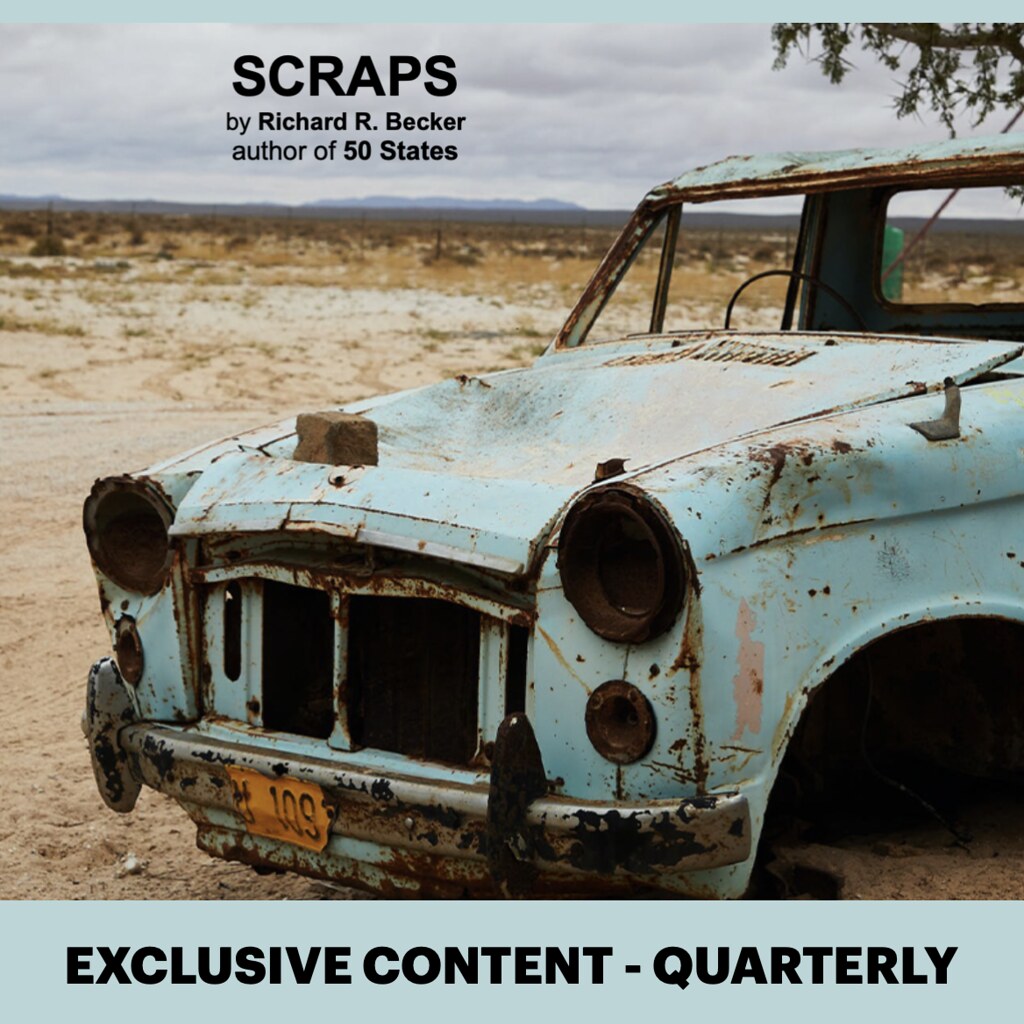
Earlier today, I came across a press release posted on PR Newswire that questioned the validity of widely believed scientific data. And if the accusations in the release were true, it might have made an interesting case study in crisis communication.
However, I decided to pass on the topic after discovering that the originating source was biased. Instead, I decided to track the "success" of the release. The results weren't surprising, but they may be disturbing.
After CNBC ran the release as an automated PR Newswire pickup, the "story" was rewritten and embellished by a few bloggers and a few other mainstream media outlets. In turn, more mainstream media outlets and bloggers (along with some social network discussion groups) picked up on and discussed variations of the topic as well.
With each new wave of interest, some of them dropped the initial source all together, either accepting varied degrees of pro-con bias as "fact" without the need for attribution or preferring to attribute the content to a more credible news source or wherever they first learned about the story (their most immediate source). And some, apparently unaware of anything more than their interest in the topic, wrote new stories with new sources, either supporting or detracting from the original premise.
Ten Findings From Following A Single Release
1. The greater the popularity of a topic, more than the merit of the content, drives increased exposure.
2. The further content travels away from the source, the less likely the source will be mentioned.
3. The further content travels away from the source, the less accurate or tied to the source it will be.
4. Regardless of how accurate or tied to the source the content might be, people believe the content.
5. In some cases, negative sentiment toward an outlet generates a negative impression of the topic.
6. Many bloggers and media outlets cover topics with no knowledge of why the topic might be popular.
7. Communication, in this case a press release, shapes opinion well beyond measurable means of monitoring.
8. Over time, there is no means of communication management as the public shapes its opinion.
9. Most people have no knowledge of the public sentiment en masse; they only see their immediate contacts.
10. Some media outlets are lending credibility to biased sources, without vetting a single fact or original source.
It might make you wonder about the "news" we read today. Or, it might make some of us wonder how we, as communication professionals or public relations practitioners, are directly or indirectly shaping the world. Maybe.
















